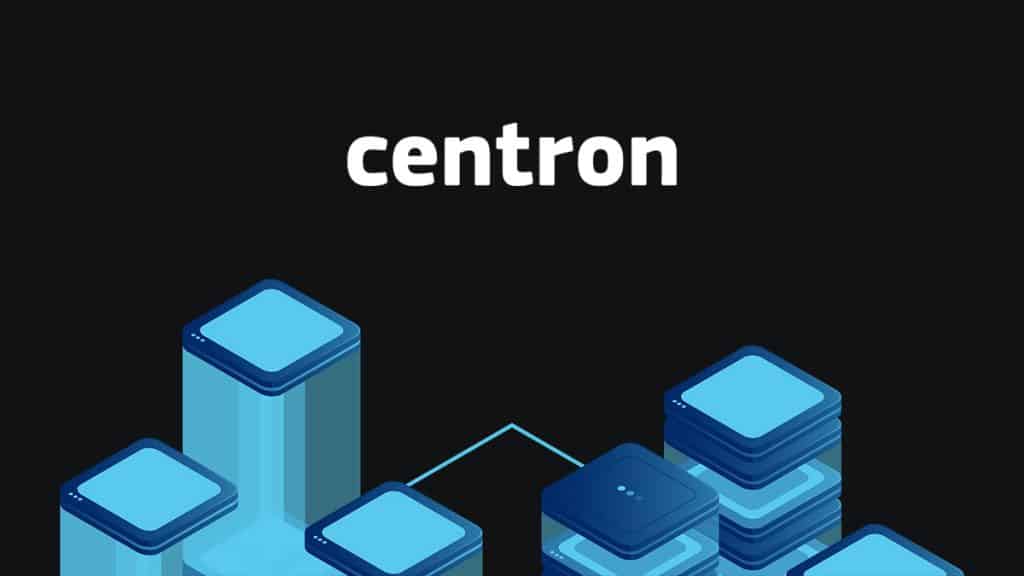Mastering Database Concepts: Relational and NoSQL Explained
Introduction
Databases are the backbone of modern applications, powering everything from small websites to enterprise-level systems. In this guide, we’ll explore the fundamentals of databases, explain the differences between relational and non-relational databases, and dive into how you can interact with them using both command-line interfaces (CLI) and graphical user interfaces (GUI).
By the end of this article, you’ll have a clear understanding of databases, how they function, and best practices for managing them.
What Is a Database?
At its core, a database is a collection of information, logically organized so that it can be easily accessed, managed, and updated. A Database Management System (DBMS) is the software used to interact with the data stored in a database. Whether it’s for a web application, mobile app, or a large-scale cloud system, databases are a crucial element of the data infrastructure.
There are two primary types of databases: relational and non-relational. Let’s break these down.
Relational Databases
Relational databases organize data in tables (known as relations), where rows represent entries, and columns define the data type. The structure is strict and ensures data integrity through a set of defined relationships and constraints.
Key Concepts:
- Primary Key: A column that uniquely identifies each row in the table.
- Foreign Key: A reference to the primary key in another table, enabling relationships between tables.
Relational databases utilize Structured Query Language (SQL) to interact with the data, which includes running queries, setting constraints, and performing operations like insertions, updates, or deletions.
Here’s an example of creating a table in a relational database using SQL:
CREATE TABLE users (
id INT PRIMARY KEY,
name VARCHAR(100),
email VARCHAR(100) UNIQUE NOT NULL
);
In this example, the id is the primary key, ensuring each user has a unique identifier, while the email field is both unique and non-nullable, ensuring data integrity.
SQL Constraints
SQL provides several built-in constraints to ensure data quality and business rules are respected. Some of the most commonly used constraints are:
- PRIMARY KEY: Ensures the column has unique, non-null values.
- FOREIGN KEY: Links two tables together.
- UNIQUE: Prevents duplicate values in a column.
- NOT NULL: Ensures a column cannot have empty values.
- CHECK: Adds custom rules for what values are allowed in a column.
These constraints help ensure that the database remains consistent and avoids common errors during data entry.
Non-relational Databases (NoSQL)
For applications that require more flexibility or need to handle large, unstructured datasets, non-relational or NoSQL databases are often the preferred choice. Unlike relational databases, these databases don’t rely on fixed schema and SQL.
Types of NoSQL Databases:
- Key-Value Stores: These databases store data as key-value pairs. Redis is a popular example of this model.
- Document Stores: Data is stored in documents, often using formats like JSON. MongoDB is a well-known document store.
- Column-Oriented Databases: These databases store data in columns rather than rows, making them efficient for analytical queries. Cassandra is an example.
- Graph Databases: Designed to handle data that is interconnected, graph databases are ideal for applications like social networks. Neo4j is a well-known graph database.
Here’s an example of performing a basic operation in MongoDB, a document-oriented database:
db.users.insertOne({
name: "John Doe",
email: "john@example.com",
age: 30
});
This command inserts a new document into the users collection in MongoDB.
Interacting with Databases
There are two main ways to interact with your database: through a command-line interface (CLI) or a graphical user interface (GUI).
Using the Command Line
The CLI is a powerful tool for interacting with databases. Each DBMS provides its own CLI tool:
- MySQL:
mysql - PostgreSQL:
psql - MongoDB:
mongo
Here’s an example of connecting to a MySQL database and creating a new database:
mysql -u root -p
CREATE DATABASE company_db;
USE company_db;
Using the CLI provides the flexibility to execute complex operations quickly and efficiently.
Graphical User Interfaces (GUI)
For those who prefer a more visual approach, there are GUI tools available for most databases. Some popular GUI tools include:
- phpMyAdmin for MySQL
- pgAdmin for PostgreSQL
- MongoDB Compass for MongoDB
These tools provide a user-friendly interface for managing databases, running queries, and viewing data.
Building a Database-Driven Application Stack
Most applications that use a database are part of a larger stack. One well-known example is the LAMP stack, which includes:
- Linux: The operating system.
- Apache: The web server.
- MySQL: The relational database.
- PHP: The server-side scripting language.
Here’s a quick guide to setting up a LAMP stack for your next project.
sudo apt update
sudo apt install apache2
sudo apt install mysql-server
sudo apt install php libapache2-mod-php php-mysql
Once you have your stack configured, you can start building database-driven applications.
Conclusion
Whether you are working with relational databases like MySQL or PostgreSQL or diving into the world of NoSQL with MongoDB or Redis, understanding the core concepts of databases is crucial. From interacting through the CLI to using GUI tools, this guide has provided a foundation to continue your learning journey in database management.


